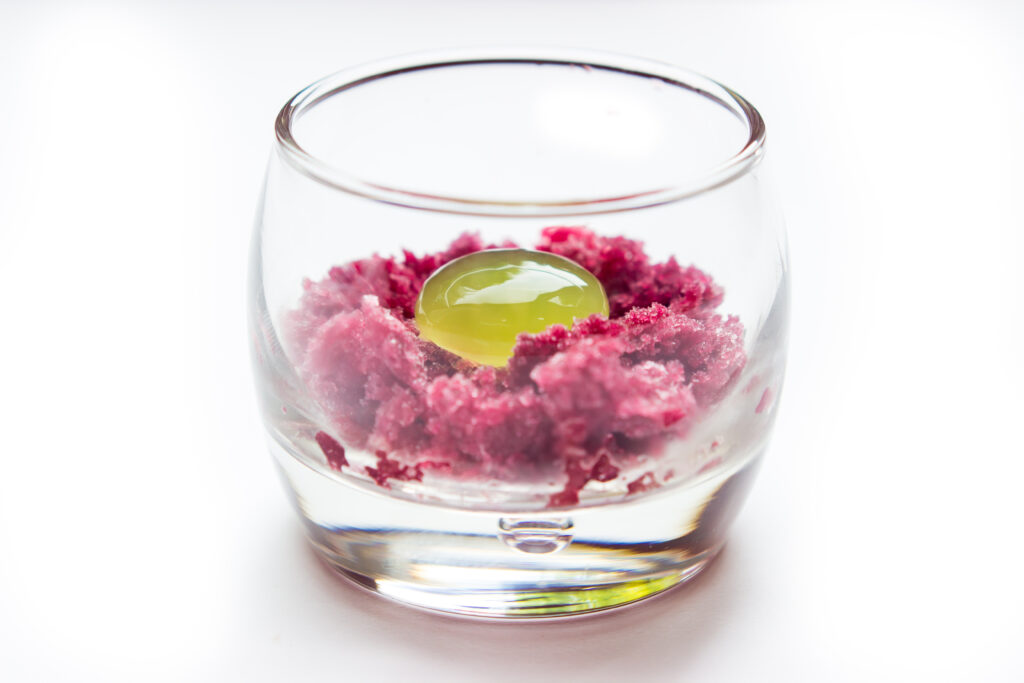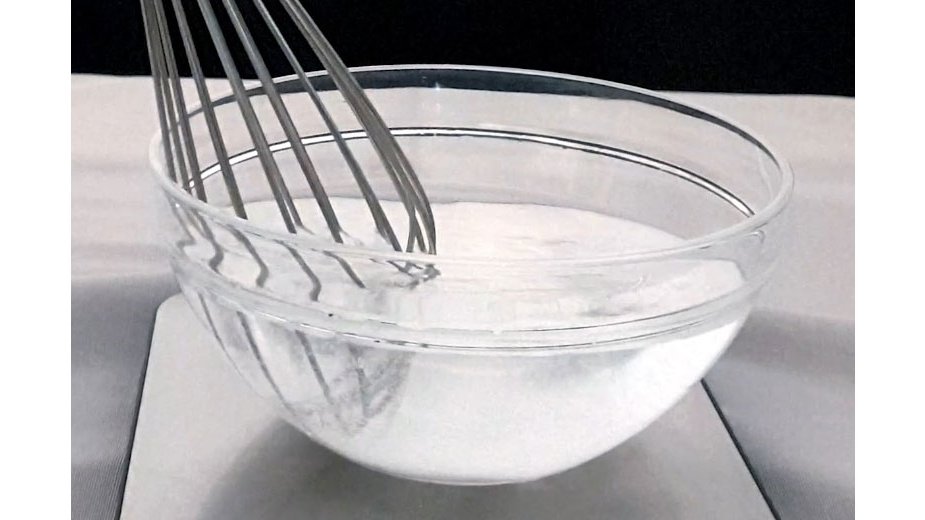Hello, passionate chefs and food enthusiasts! Today, we’re diving into the world of modern gastronomy to explore a fascinating ingredient that has become increasingly popular in innovative culinary creations: Sodium Alginate. We’ll discuss what it is, how it’s made, and its many applications in the kitchen. Let’s get started!
Sodium Alginate, a Key Ingredient for Modern Gastronomy
Sodium Alginate is a natural polysaccharide derived from brown seaweed. It is a versatile ingredient often used in the culinary world for its unique properties, such as thickening, gelling, and stabilizing. Its ability to form gels in the presence of calcium ions makes it an essential component in molecular gastronomy techniques like spherification.
How is Sodium Alginate Made?
Sodium Alginate is extracted from the cell walls of brown seaweed, specifically from species like Laminaria, Macrocystis, and Ascophyllum. The extraction process involves treating the seaweed with a sodium carbonate solution, followed by a purification process that results in a powdered or granulated form of the ingredient. This form is what you’ll find when purchasing Sodium Alginate for your culinary adventures.

Sodium Alginate in Modern Gastronomy
Sodium Alginate has found its way into a wide range of modern gastronomy applications. Here are a few popular techniques and uses:
- Spherification: Sodium Alginate is a key ingredient in both basic and reverse spherification, allowing chefs to create spheres with liquid centers and a gel-like outer membrane. This technique can transform flavors and textures in dishes, creating exciting culinary experiences.
- Thickening and Stabilizing: Sodium Alginate can be used to thicken sauces, dressings, and other liquids without altering their flavor. It also acts as a stabilizer in ice creams and sorbets, ensuring a smooth and creamy texture.
- Edible Films: Sodium Alginate can be used to create thin, transparent films that can act as barriers or carriers for flavors, colors, or other ingredients, allowing for innovative presentation and flavor delivery.
- Foams and Emulsions: Sodium Alginate helps stabilize foams and emulsions, creating airy, light textures that can enhance dishes and provide a unique mouthfeel.
What are the limitations of sodium alginate?
The limitations of sodium alginate include:
- Difficulty dissolving: Sodium alginate can be challenging to dissolve, and it may form lumps if not mixed properly.
- Sensitivity to pH: Sodium alginate’s gel-forming properties are affected by the pH level of the solution. It forms weaker gels in highly acidic environments.
- Incompatibility with certain ingredients: Sodium alginate may not dissolve well in hard water or milk due to the presence of calcium ions, which can cause premature gelling.
- Temperature sensitivity: Sodium alginate gels can become weaker and lose their structure when exposed to high temperatures.
What happens when you mix sodium alginate with water?
When you mix sodium alginate with water, the sodium alginate hydrates and forms a viscous solution. This solution can be used for various culinary applications, such as creating gels, foams, and films when combined with calcium-containing solutions.
How long does it take for sodium alginate to dissolve?
The time it takes for sodium alginate to dissolve depends on factors such as the concentration, temperature, and mixing method. Generally, it can take anywhere from a few minutes to a few hours for sodium alginate to dissolve completely. Using a blender or an immersion blender can help speed up the process and ensure a smooth, lump-free mixture. Allowing the solution to rest for a few hours or overnight can help eliminate air bubbles and achieve a uniform consistency.
Why sodium alginate will not dissolve in hard water or milk?
Sodium alginate will not dissolve well in hard water or milk due to the presence of calcium ions. Calcium ions react with sodium alginate to form a gel, causing the sodium alginate to clump and gel prematurely instead of dissolving uniformly. To dissolve sodium alginate in a calcium-rich liquid like milk, you can use a sequestrant, such as sodium citrate or sodium hexametaphosphate, to bind the calcium ions and prevent premature gelling.
Go explore!
Sodium Alginate is a versatile and essential ingredient for any modern gastronomy enthusiast. Its various applications allow chefs to experiment with textures, flavors, and presentations, pushing the boundaries of culinary innovation. We hope this introduction has sparked your interest in Sodium Alginate and inspired you to explore its potential in your own kitchen.
Happy Cooking!
Try one of these recipes with Sodium Alginate
-
Apple Caviar Pearls Recipe

Exploring the Art of Molecular Gastronomy: Apple Caviar Pearls Welcome to the fascinating world of molecular gastronomy, where culinary science meets artistry to create extraordinary dining experiences. Today, we’re diving into the innovative technique of spherification to craft Apple Caviar Pearls—a modern culinary marvel that transforms simple apple juice into elegant, flavorful spheres. These tiny…
-
Sodium Alginate Bath Recipe

Sodium Alginate Bath In the innovative world of modernist cuisine, sodium alginate stands out as a transformative ingredient. Its unique properties allow culinary professionals and enthusiasts alike to push the boundaries of texture and form in gastronomy, leading to stunning dishes and drinks that are as visually appealing as they are delicious. Here’s a closer…
-
Cucumber Gimlet Recipe

A modernist twist on the classic Cucumber Gimlet Welcome to the fascinating world of modernist cuisine where traditional recipes are transformed into sensational experiences. Today, we’re revisiting a beloved classic, the Cucumber Gimlet, and infusing it with a dash of culinary science to delight both your palate and your curiosity. The Timeless Appeal of the…

Hej. Är Natriumalginat lämplig för köttprodukter? Koka upp 2dl vatten med kryddor, låt kallna, blanda i Natriumalginat som bildar ett gele, tillsätt gelen i köttfärsen, stek köttbullarna. Tanken är att få saftigare köttbullar.
Mvh
sr